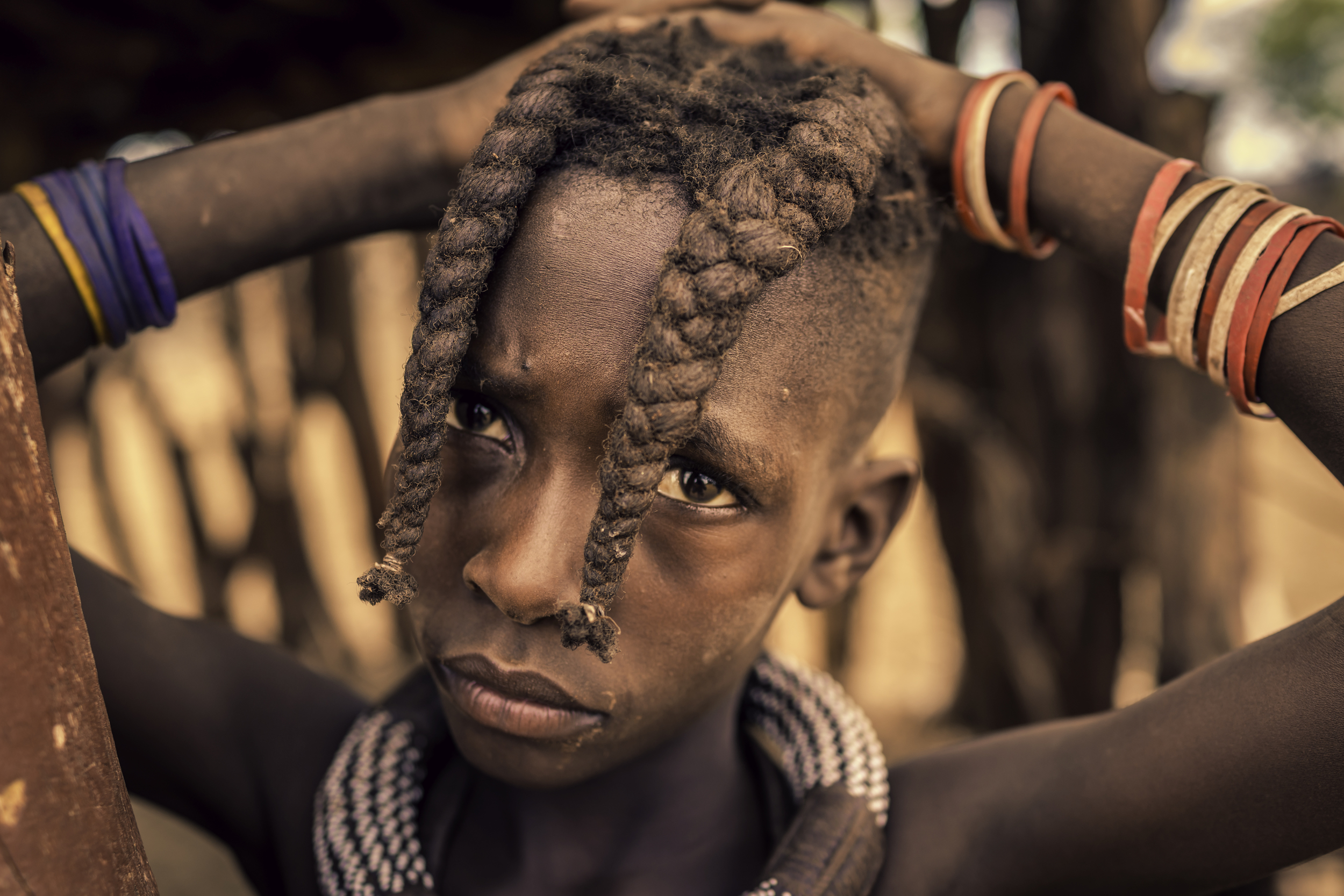
Intensity, Opuwo
In Himba culture, the hairstyle is used to indicate age and social status. The two braids signify that this girl is a child, and the fact that they cover her eyes lets you know that she's hit puberty.
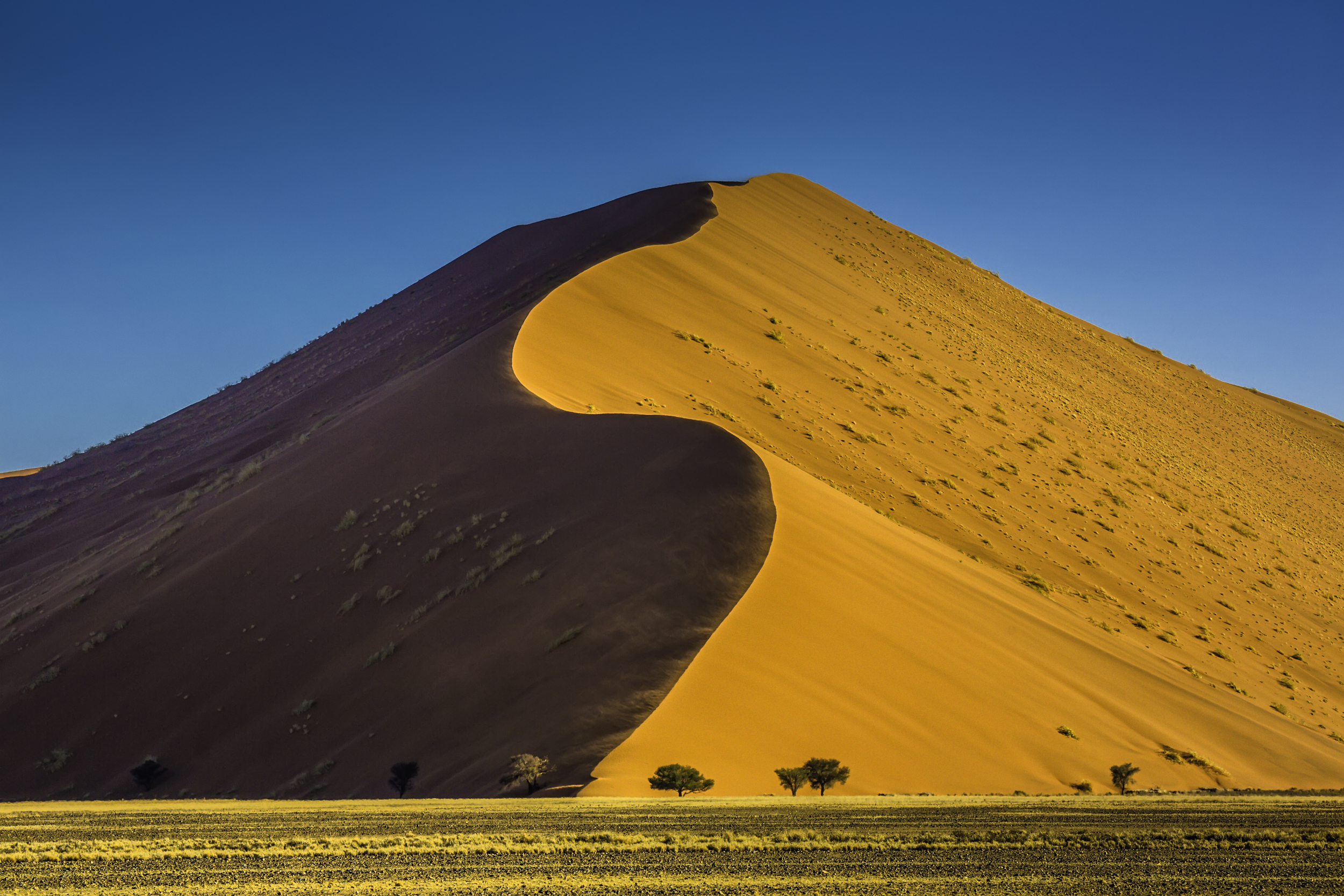
The Dune, Namib-Naukluft National Park
Many of the sand dunes in the park are over 200m tall, with the tallest one being about 380m tall (it's sand...so it shifts and changes). Even though I'm not sure how tall this one is, it's tall enough to make those trees at the bottom look quite tiny in comparison.
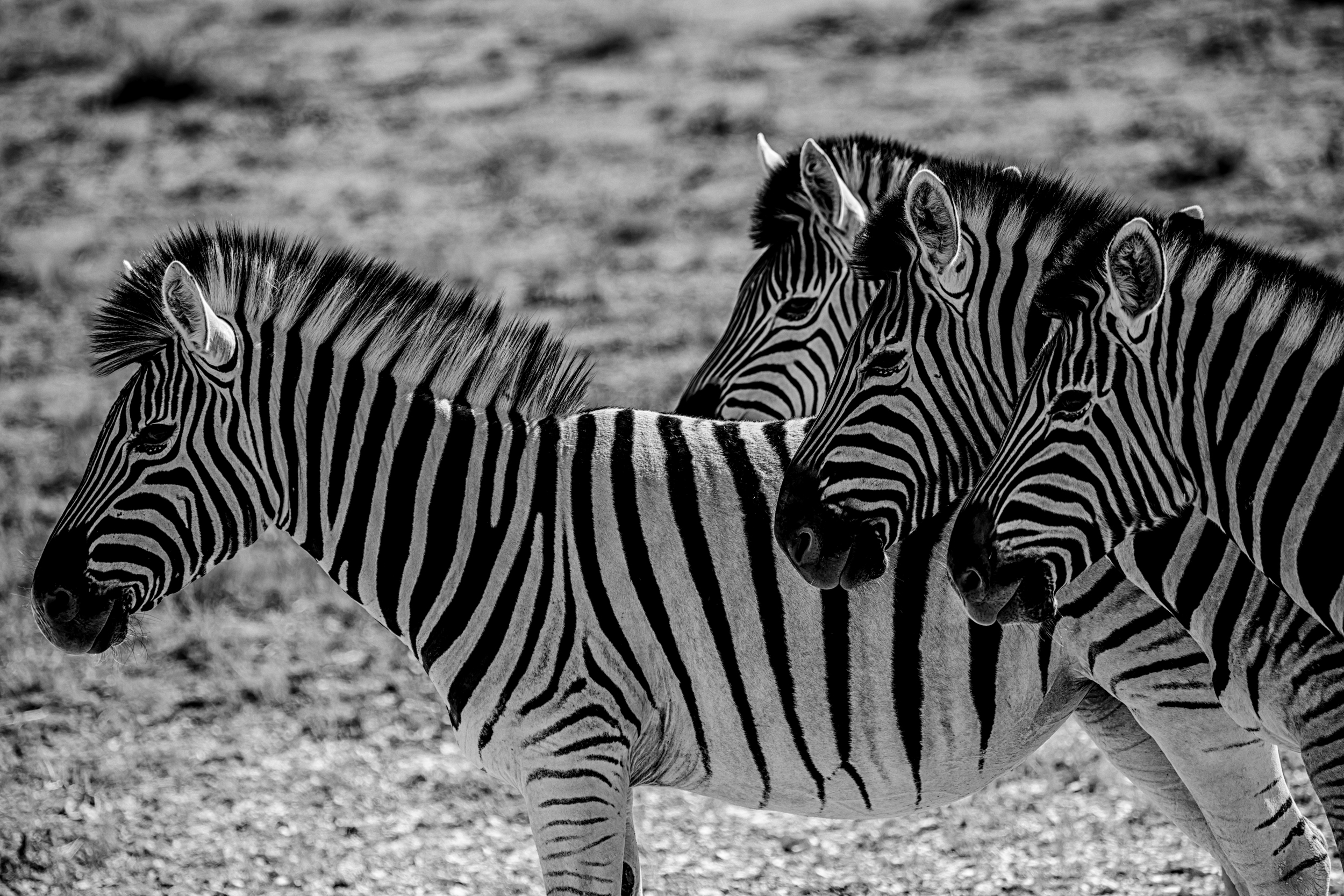
A Clear Leader, Etosha National Park
There's three different species of Zebra still alive today, two of which can be found in different parts of Namibia (and elsewhere). The four pictured are Burchell's Zebra, which are pretty common throughout Etosha National Park and are actually one of several Plains Zebra subspecies.
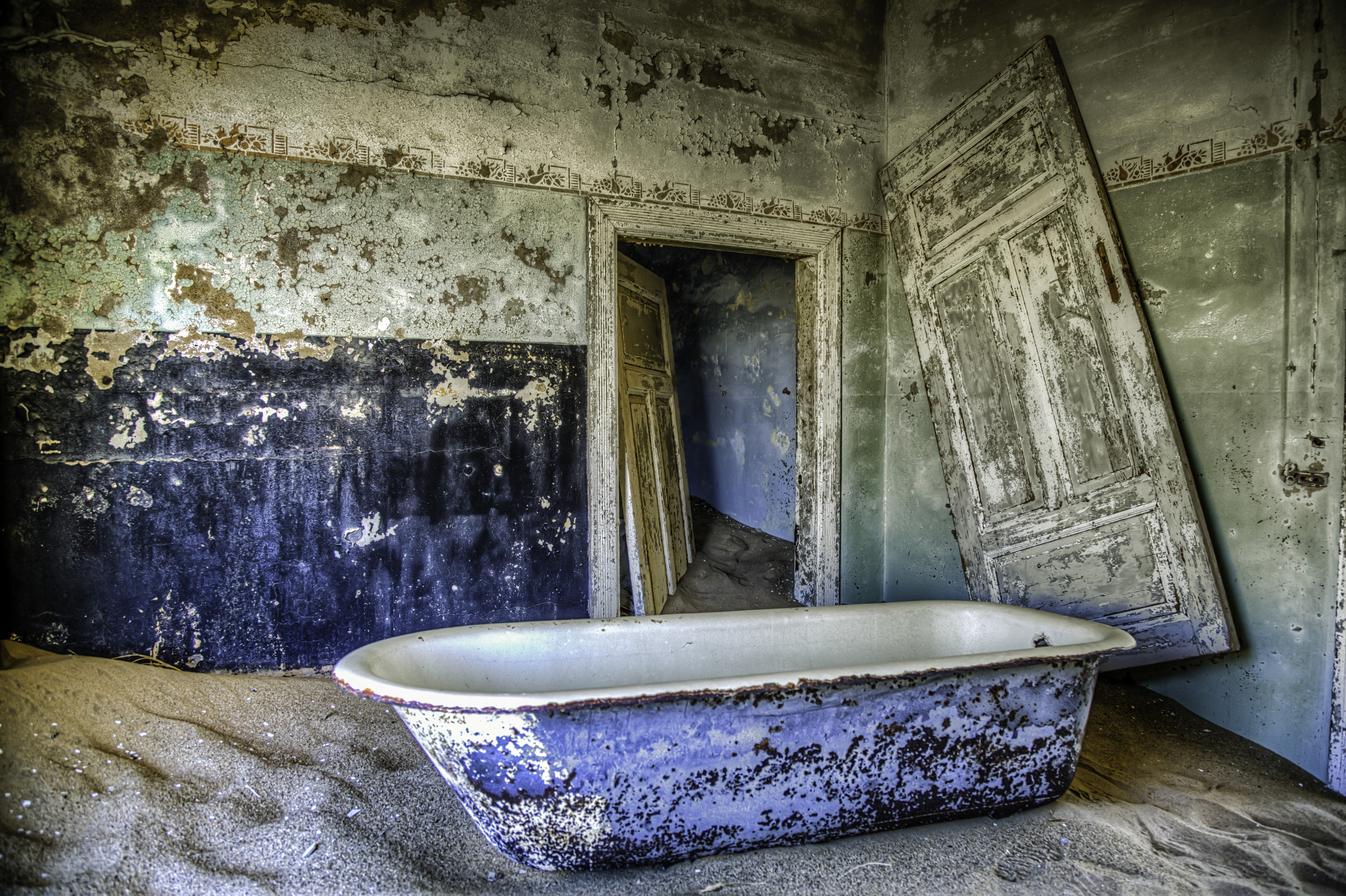
Ghost Tub, Kolmanskop
After discovering a diamond in 1908, the Kolmanskop was constructed to support mining the area. Eventually the diamonds were depleted, and the town was abandoned in 1954 in favor of richer deposits elsewhere. The sands of time took their toll on this ghost town. The desert has since been slowly reclaiming the buildings, which are no longer fully structurally sound.
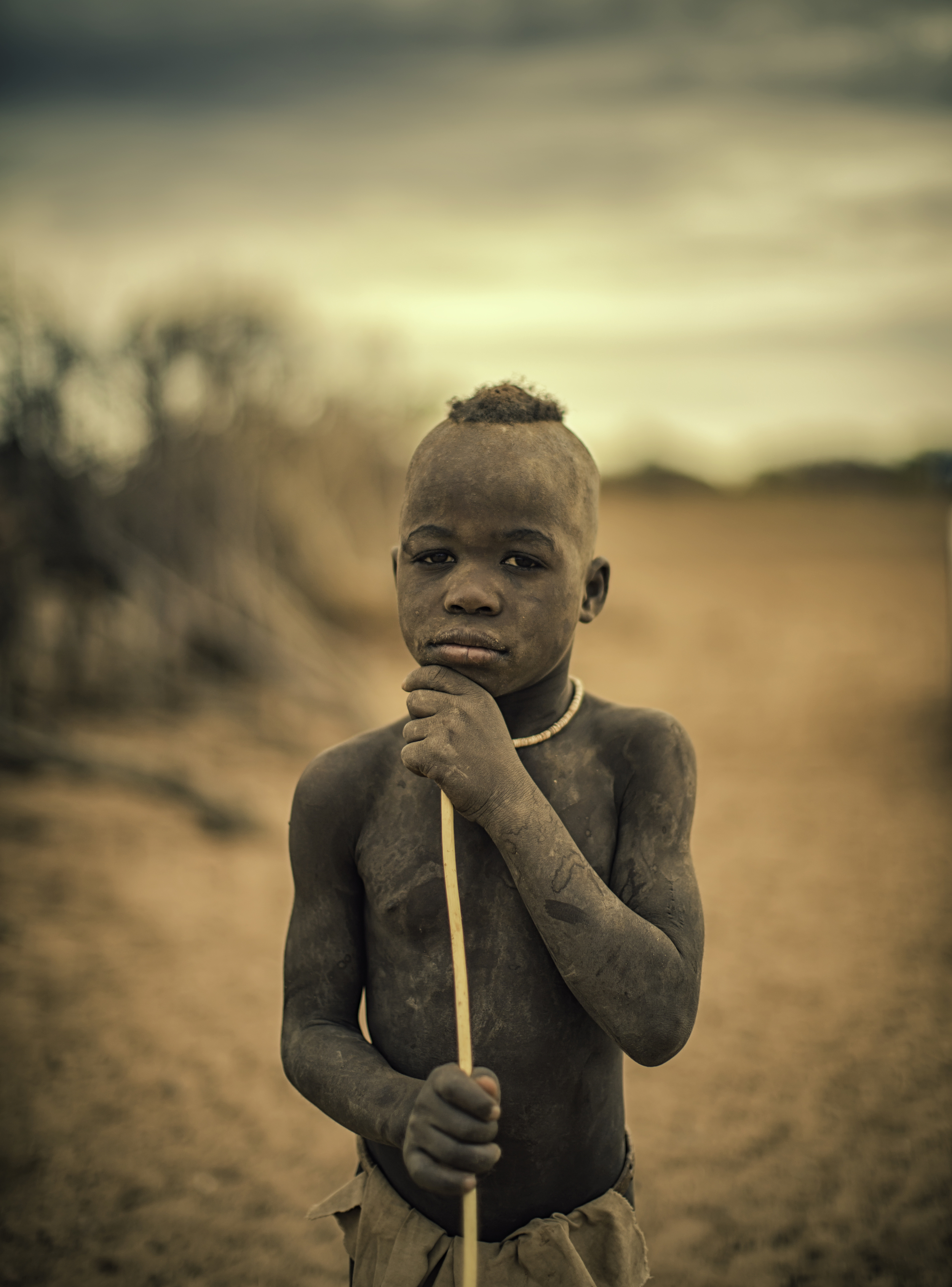
Proud Himba Boy, Opuwo
The Himba people are indigineous people native to an area around the Kunene river that today covers parts of Namibia and Angola. They still live a traditional, semi-nomadic pastoral lifestyle raising cattle and goats.
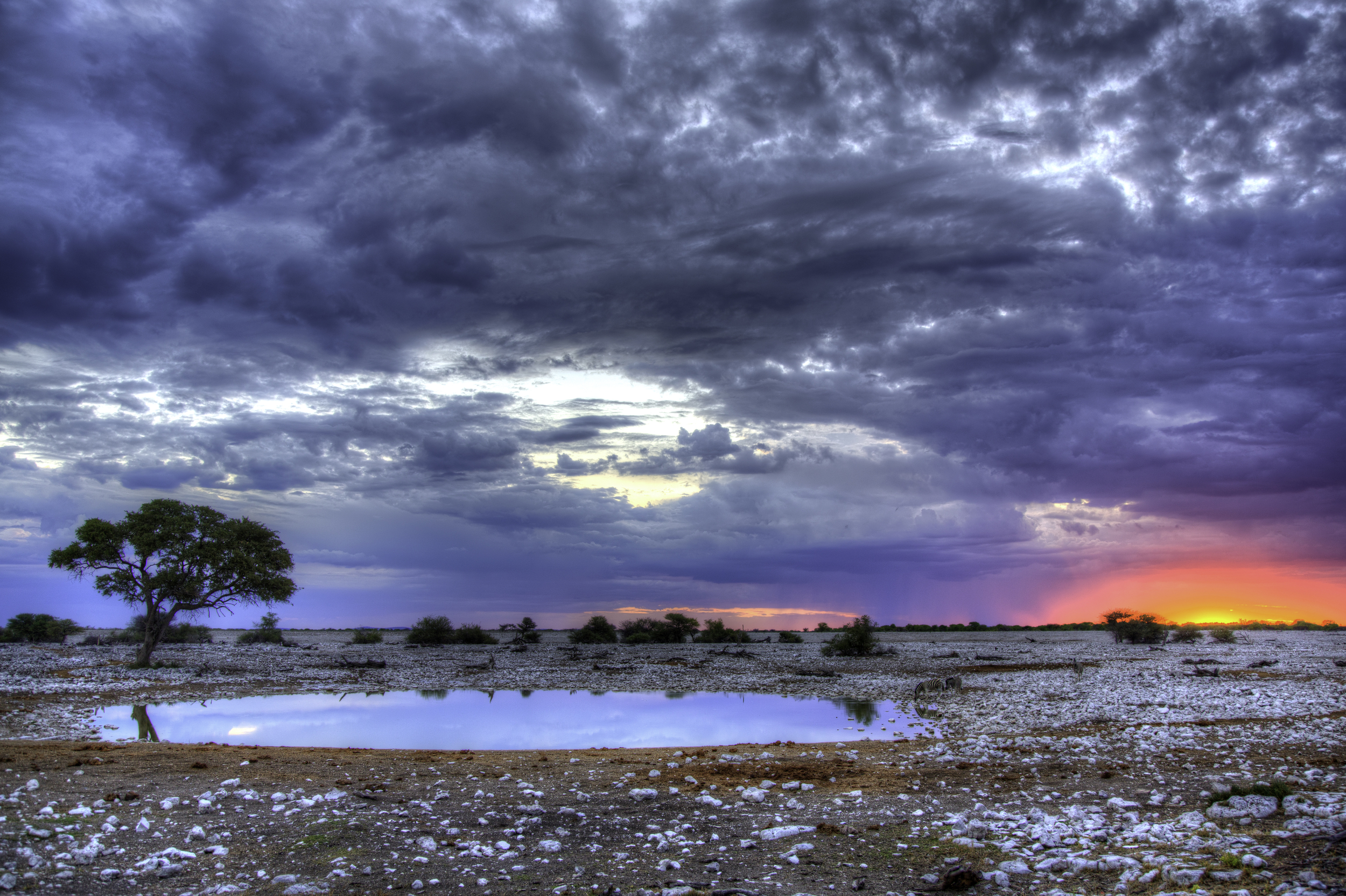
The Watering Hole, Etosha National Park
View of one of the waterholes at the Okuakuejo Camp, inside of Etosha National Park. If you look closer on the right hand side, you can see a couple of zebras.
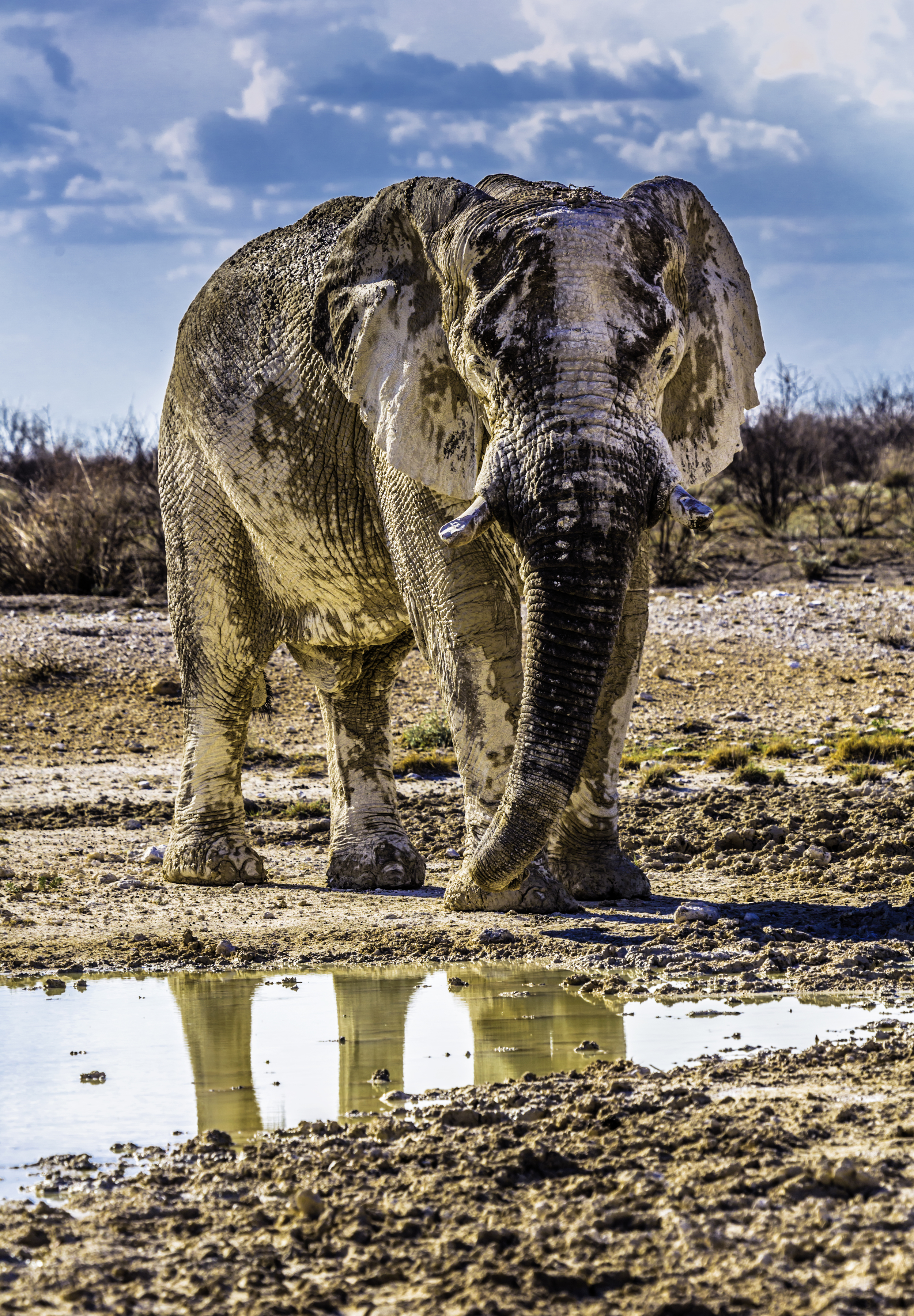
Muddy Elephant, Etosha National Park
In Etosha you can drive yourself around the park in your own vehicle. While on a safari drive, we found this guy with a buddy of his (not shown) just relaxing and cooling off with some muddy water. Our driver got us surprisingly close to these bachelors.
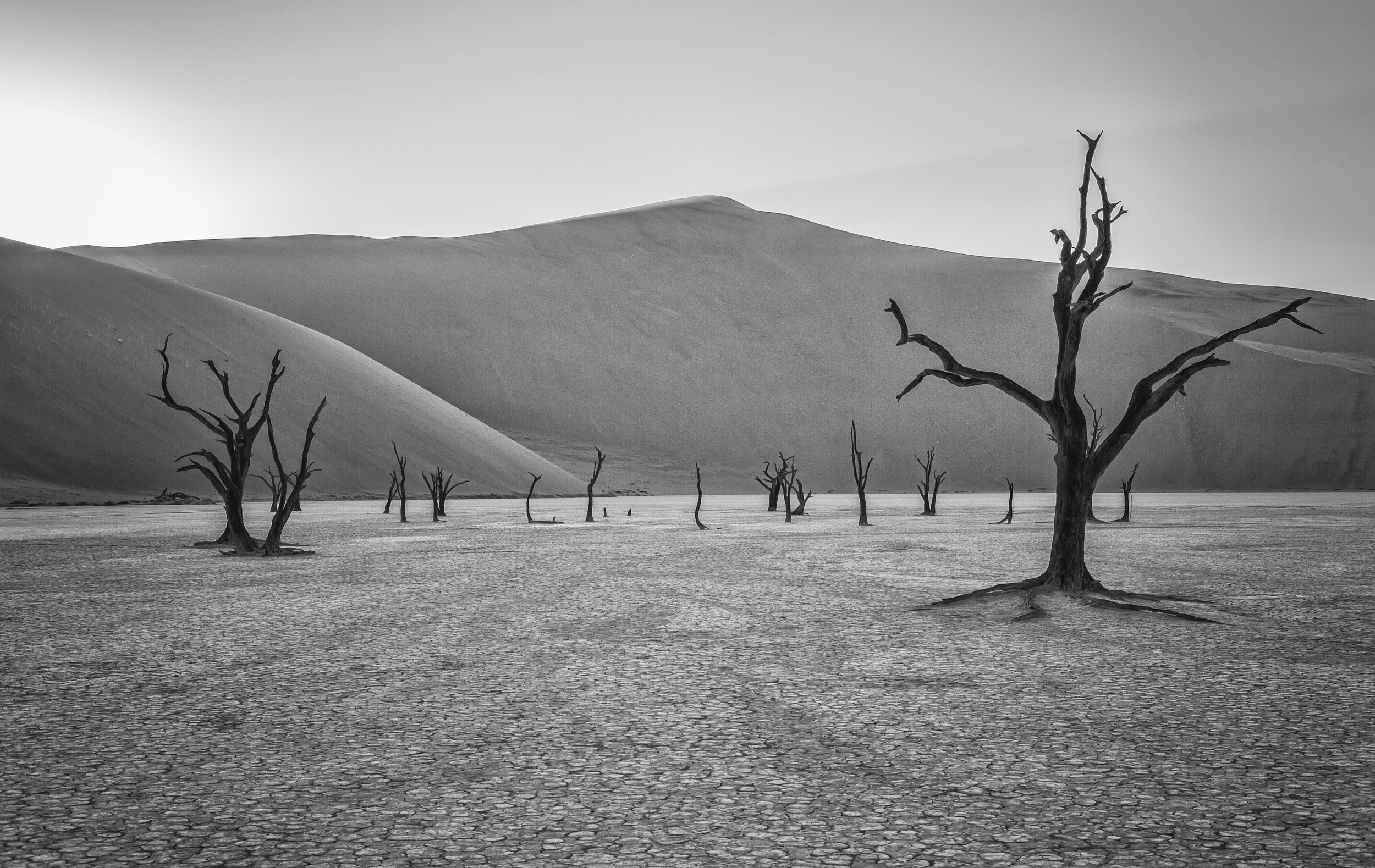
Deadvlei, Namib-Naukluft National Park
Deadvlei is a white clay pan in the midst of some of the largest sand dunes in the world. Formerly an oasis, the Tsauchab river which supplied water changed course hundreds of years ago leaving the acacia trees to die. The trees, which are estimated to be 900 years old, are not petrified but have been scorched black by the sun and the wood has not decomposed as its extremely dry here.
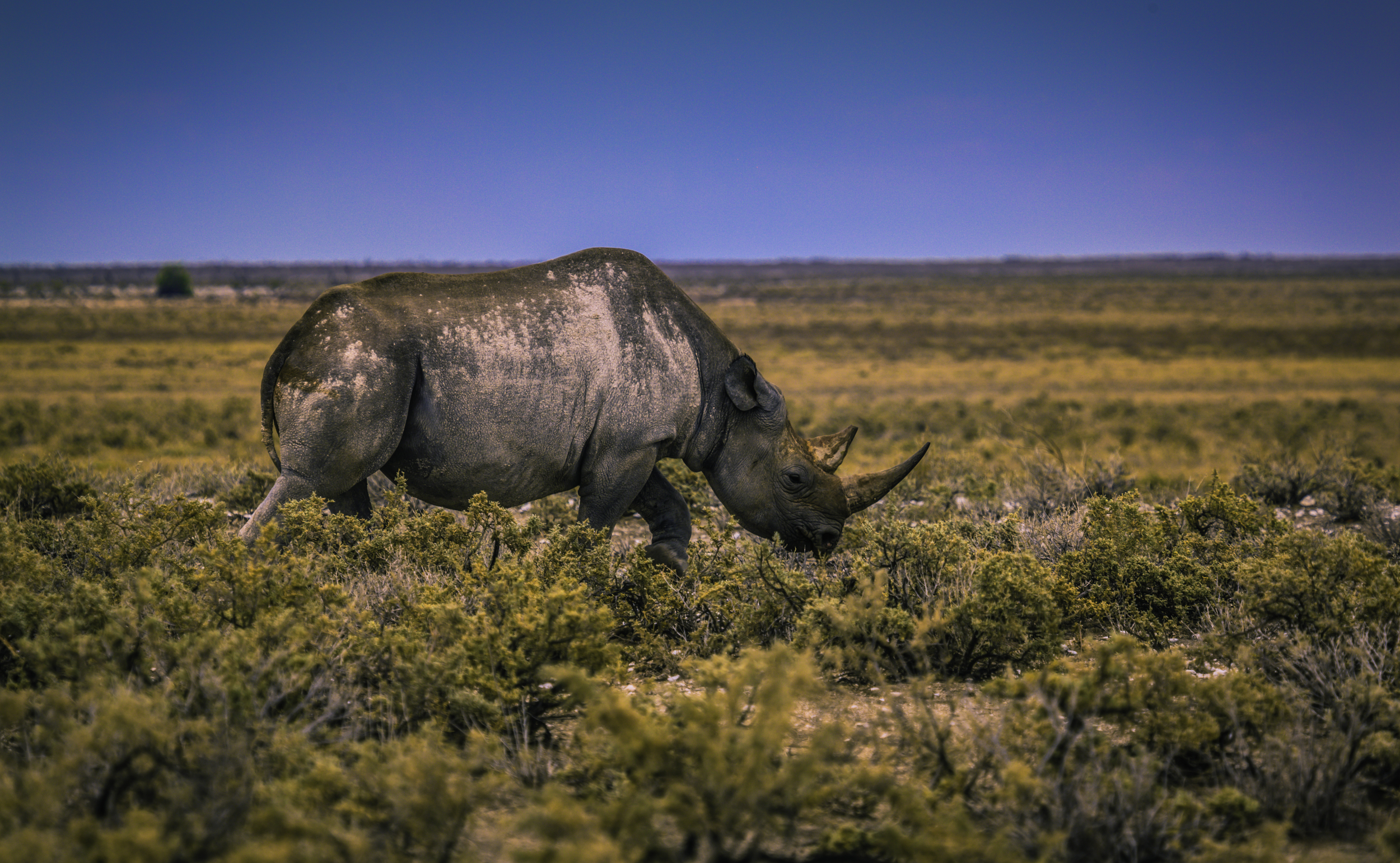
Endangered Black Rhino, Etosha National Park
The Black Rhinoceros is listed as a critically endangered species, in large part due to the illegal poaching of the animal for its prized horn. Seeing one of these giant creatures out in the wild instead of in a zoo is a sight to behold.









